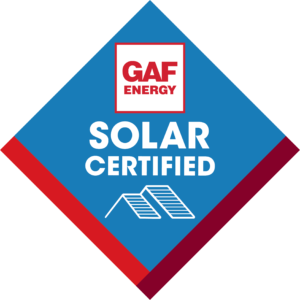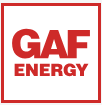J&B Construction Explains the Importance of Roof Ventilation
Jun 15, 2018“It’s vital that every home has sufficient and properly installed roof ventilation as it directly impacts a roof’s durability,” said Scott Cline, owner of J&B Construction. “Many homeowners are aware of the positive correlation between a well-insulated attic and energy savings, but it’s important for homeowners to also understand that ensuring their home has proper roof ventilation can save money too and is equally important.”
If a roof has inadequate ventilation during the summer, the hot air will become trapped, which can eventually lead to black mold growth and also roof damage. Improper roof ventilation during the colder months can also be problematic, as it can lead to ice dams, which form when the temperature inside the attic is substantially higher than the outside temperature. The opposing temperatures cause snow to melt and refreeze across the roof and trough. “Poor roof ventilation combined with conditions that are too hot or too cold are capable of inflicting significant damage inside and outside the home,” Scott said.
In order to help prevent premature roof repair or replacement, homeowners should be familiar with the warning signs of poor ventilation. “It’s safe to say that in most cases, the temperature of your attic should continually align with the outside temperature throughout the year, give or take a few degrees,” he said. If this is not the case, the clues left by the attic space will be apparent. For instance, excessive heat in the attic during the summertime can cause condensation, mildew, and black mold growth. Mildew and mold would be clearly visible this time of year because they tend to thrive in warm conditions. Additionally, excessive heat can scorch shingles and roofing material.
Another indication that signals poor roof ventilation is frost-covered or damp rafters during winter. “Moreover, if there are recurrent large, thick icicles or ice buildup along the edge of the roof, it’s important to contact a professional as soon as possible to prevent further damage,” Scott said.
The attic’s insulation can also offer insight into a home’s roof ventilation system. If the insulation looks as if it is clumping together or is flat, this could suggest problems with moisture. As a precautionary measure, be sure to wear gloves and a mask when conducting your own attic inspection.
It is recommended that for every 150 square feet of attic space, there should be one square foot of attic ventilation. Additionally, the number of intake and exhaust vents should be equal if at all possible. “It’s important to also note that the amount of attic ventilation that a home needs can differ based on attic size and the roof slope. Following these general rules of thumb will not only ensure safety, but it will also extend the life of the roof as well,” said Scott.
Ultimately, having proper attic ventilation boils down to maintaining the right balance between ventilation and insulation. For example, if the attic has proper ventilation, but is lacking insulation, the attic will suffer heat loss, which will inundate the roof ventilation, making it ineffective. If the opposite occurs, and there is plenty of insulation, but a lack of ventilation, then the attic is in danger of suffering from mold, mildew, and more. “It is wise to schedule a professional and complete attic inspection in order to determine if improved roof ventilation and/or insulation is needed, especially if you see any warning signs that imply poor ventilation,” he said. “One of the best things you can do when poor ventilation is suspected is to be proactive about the situation and get a professional opinion on how to rectify the situation.”












